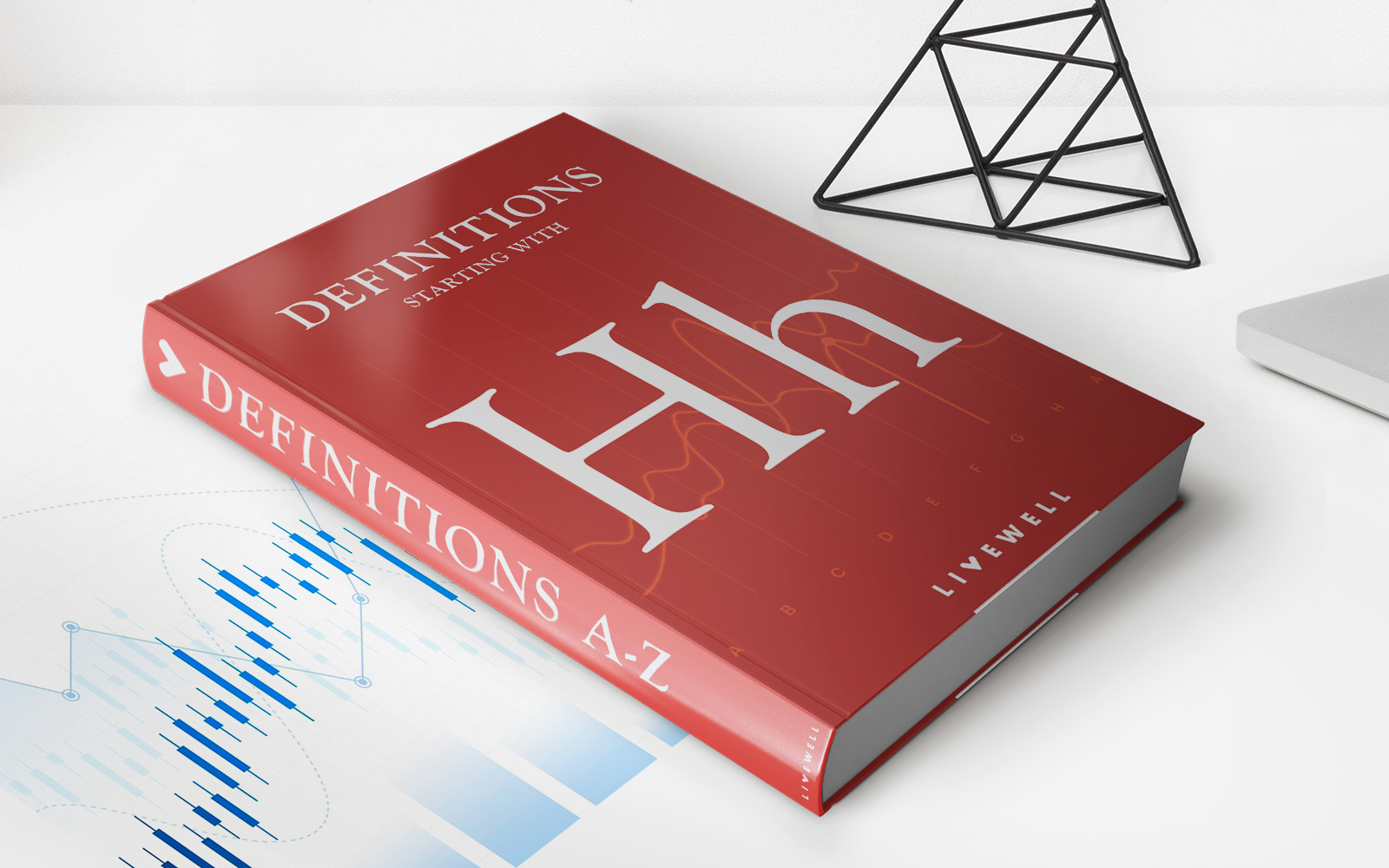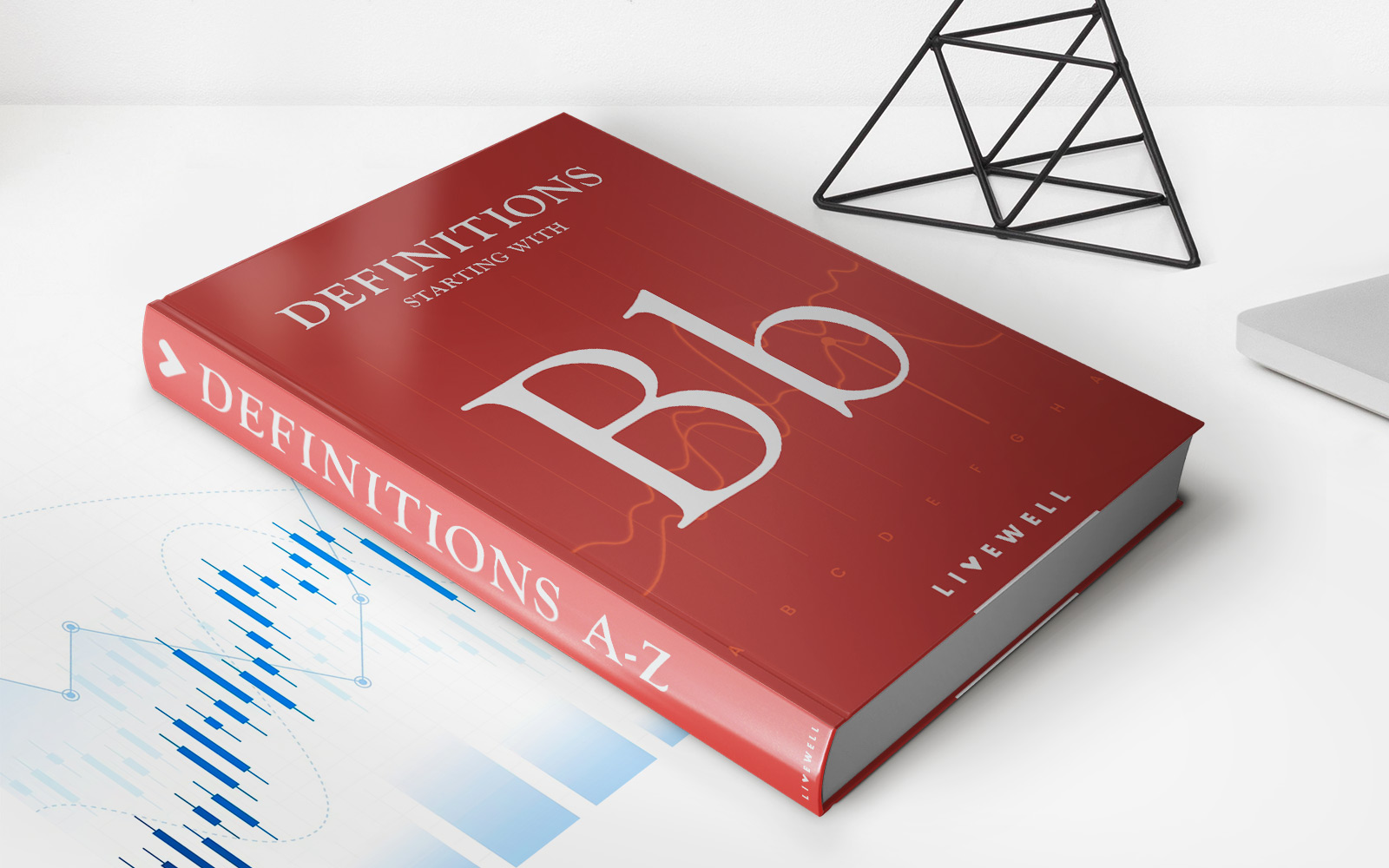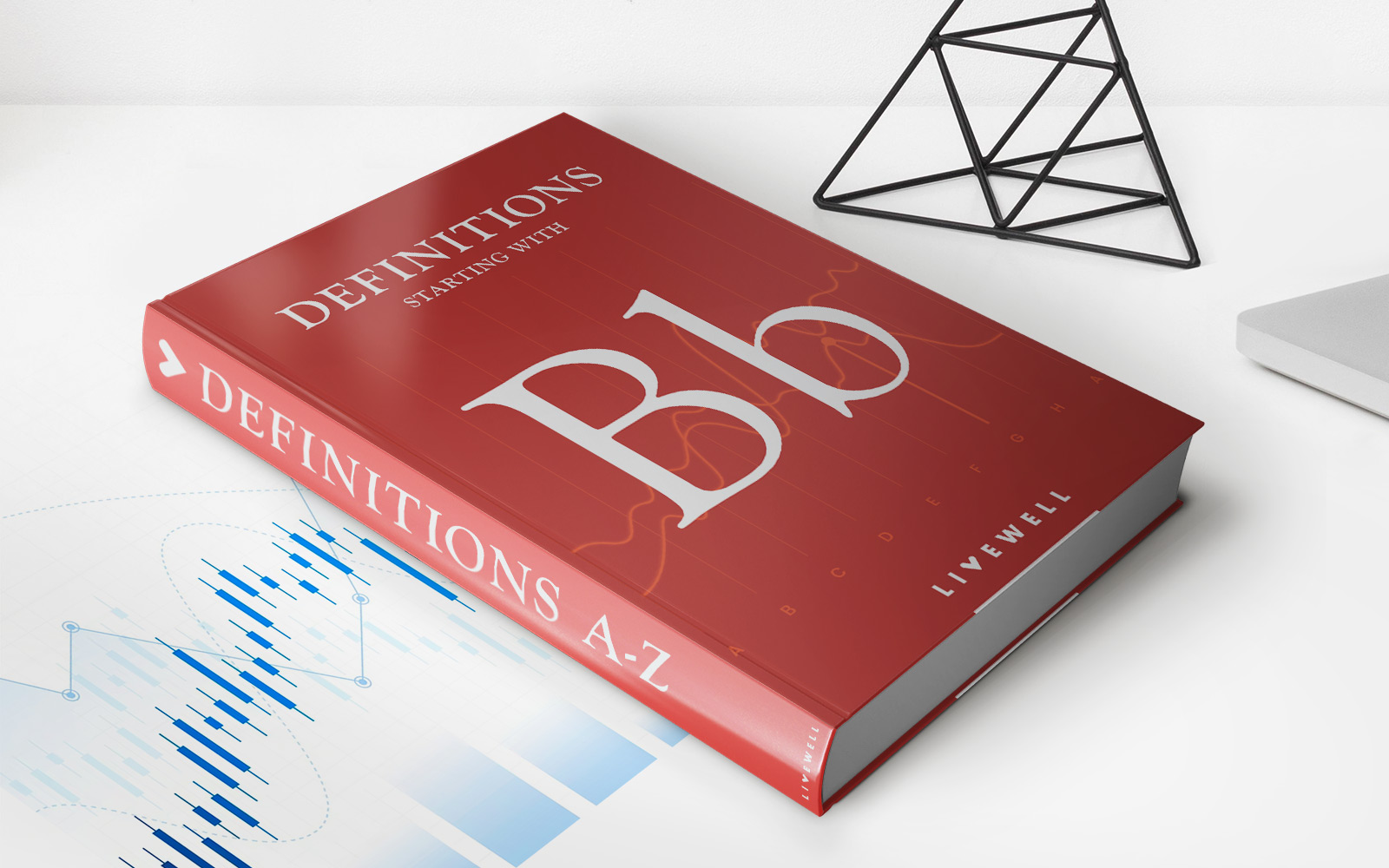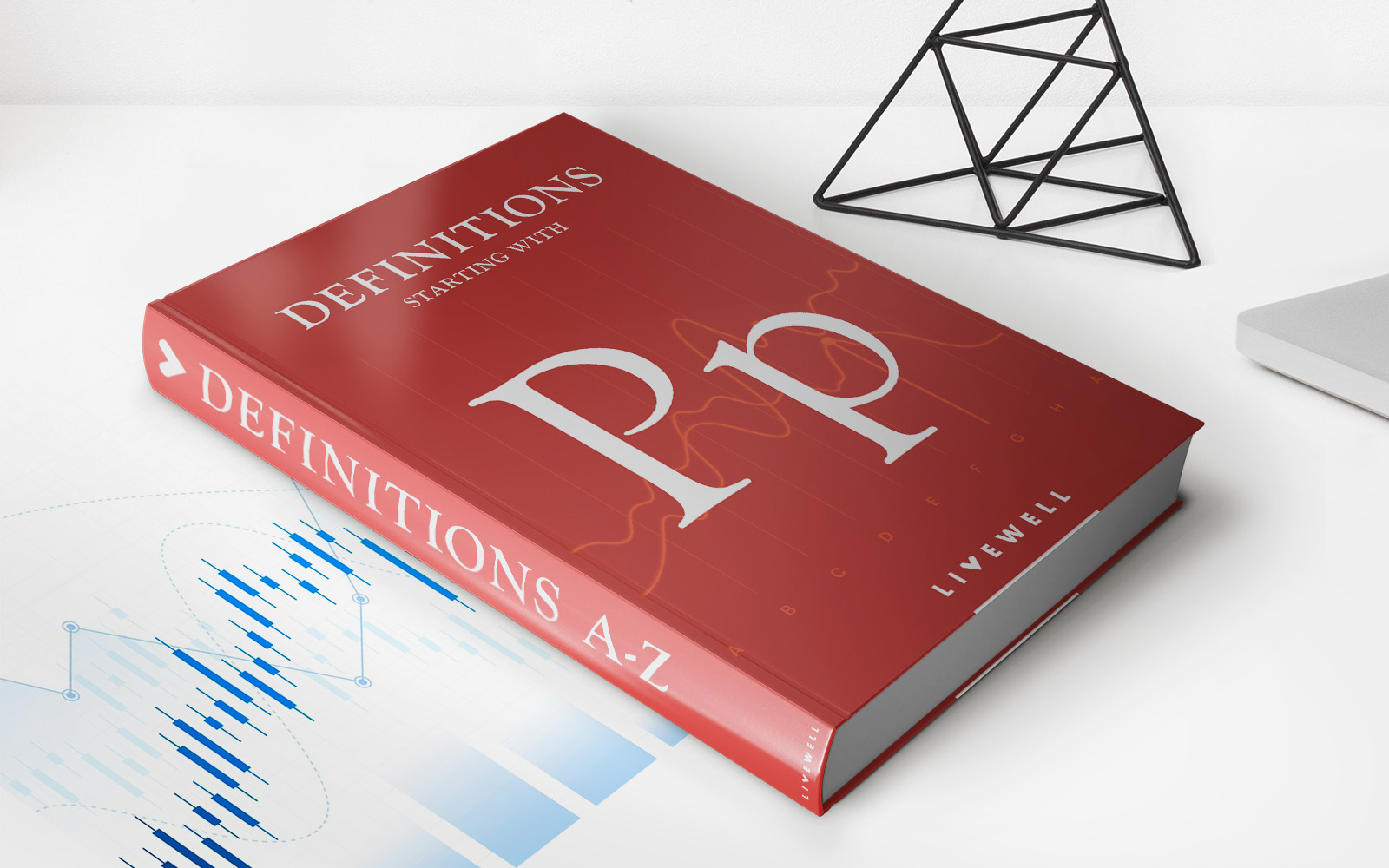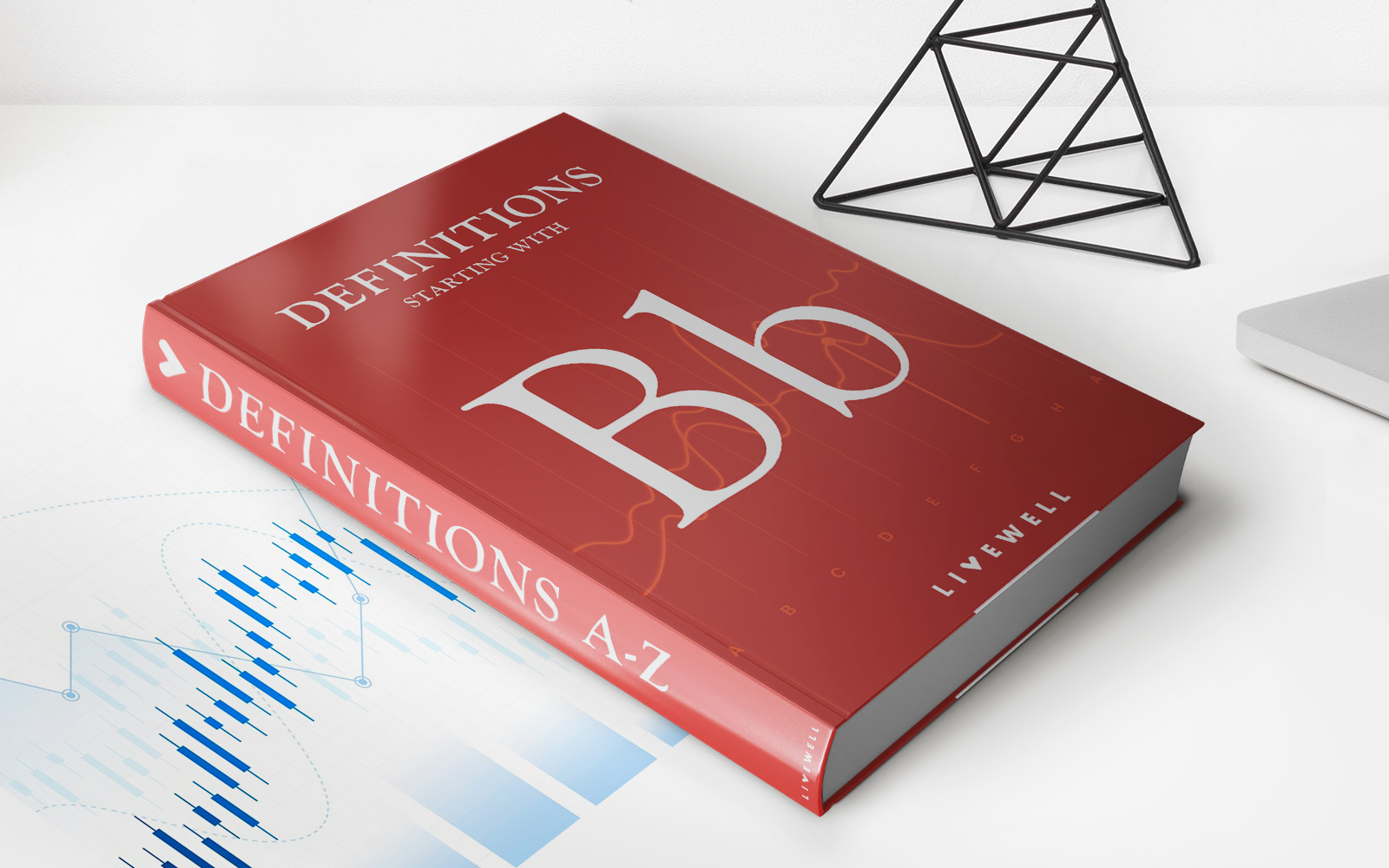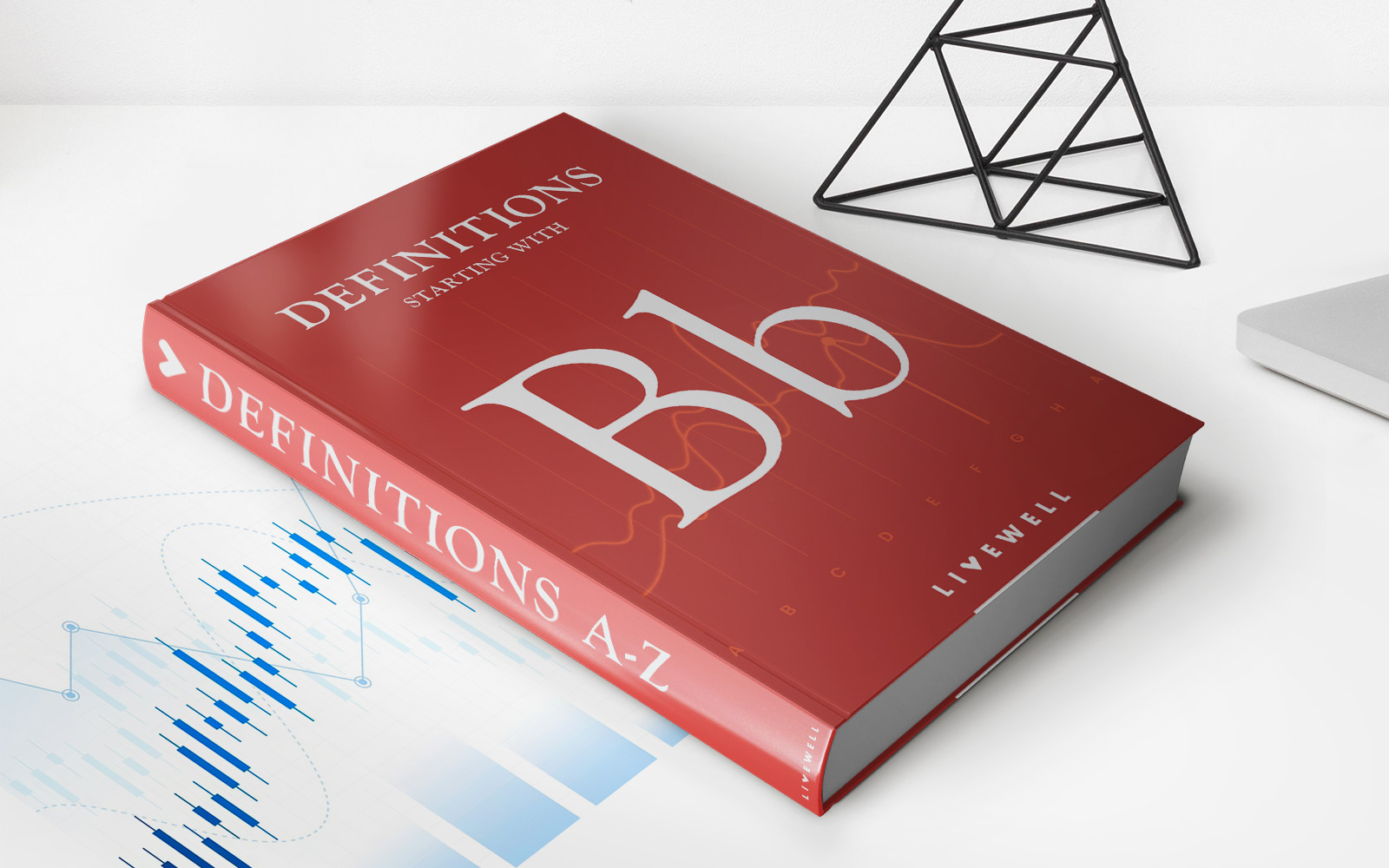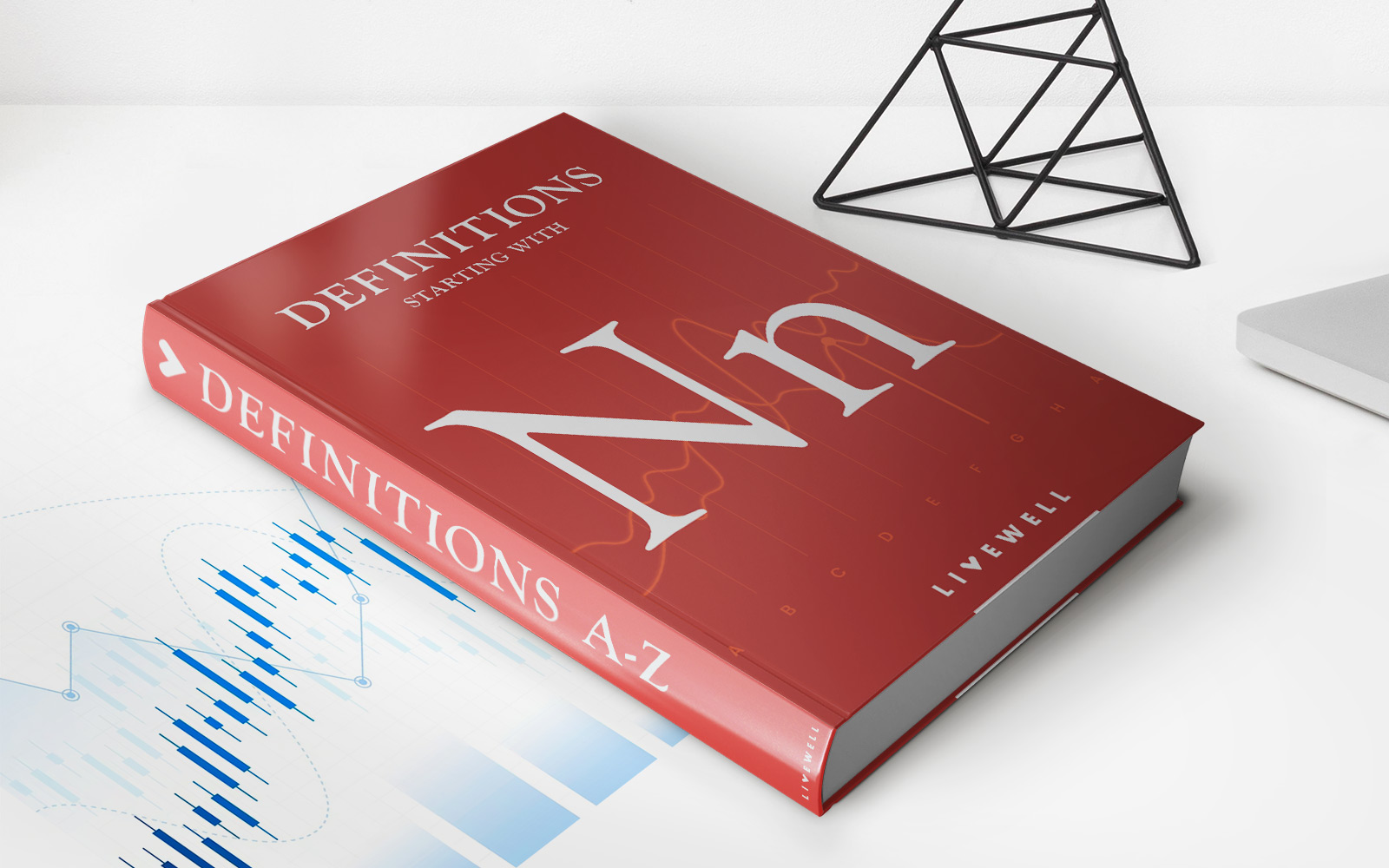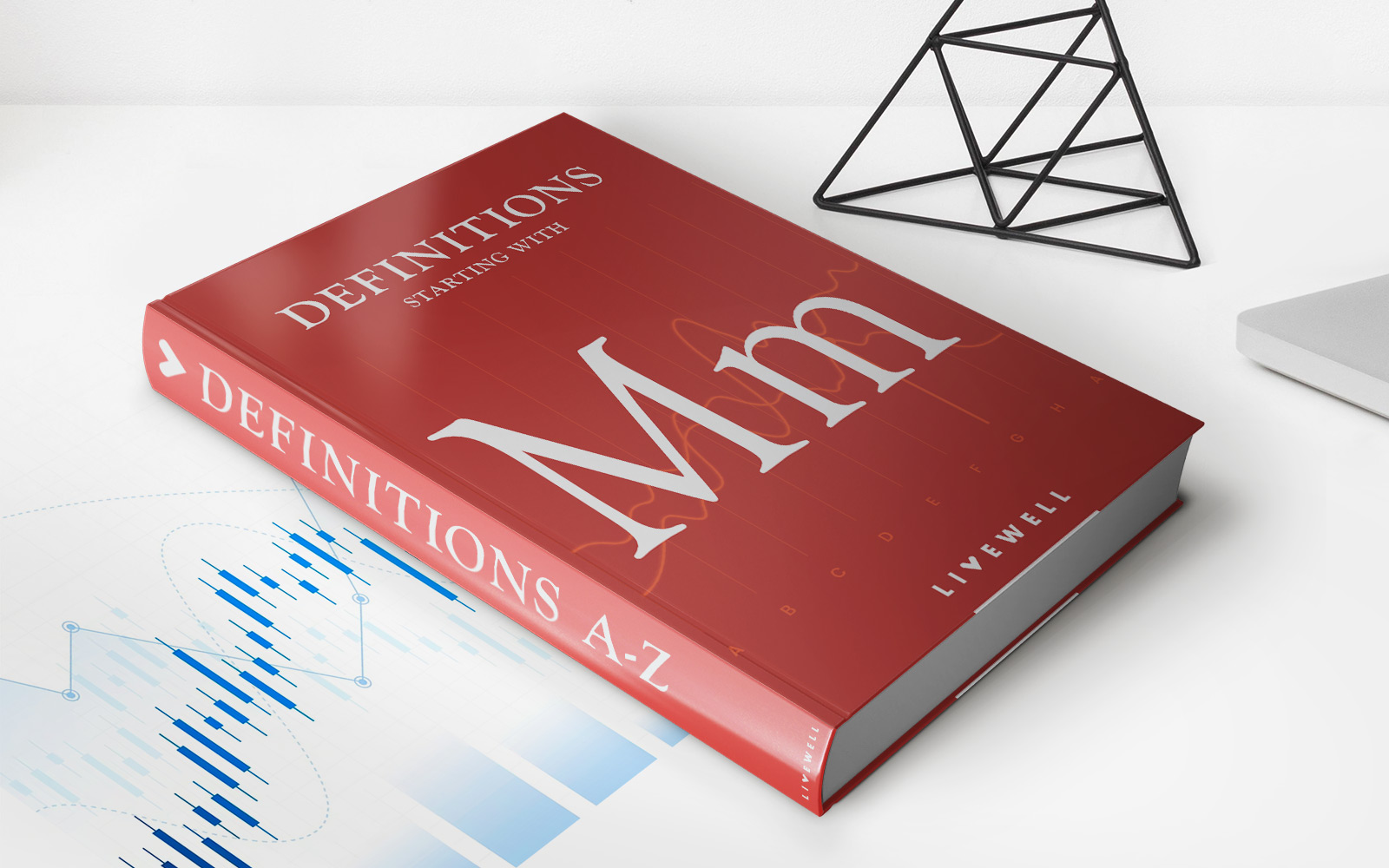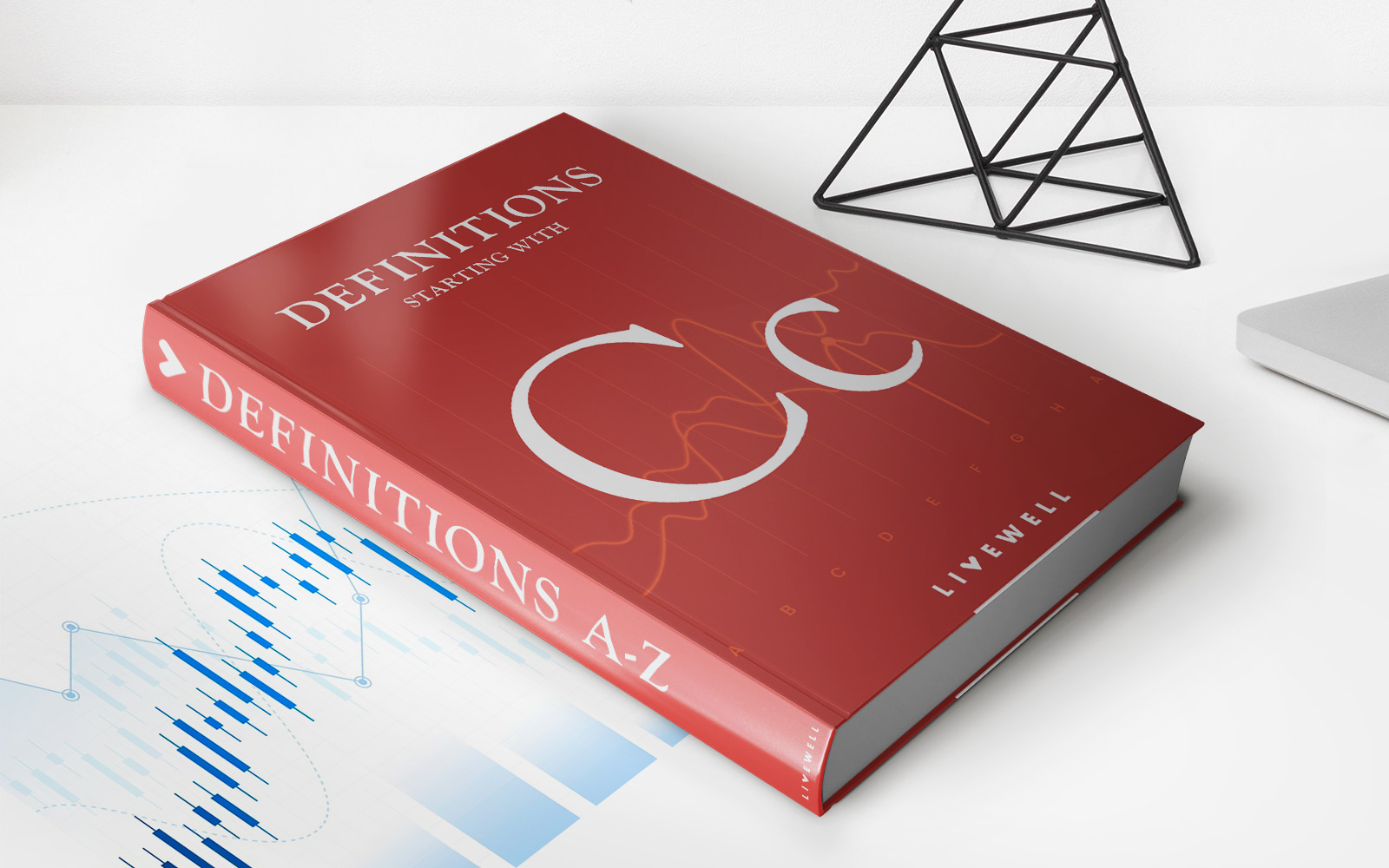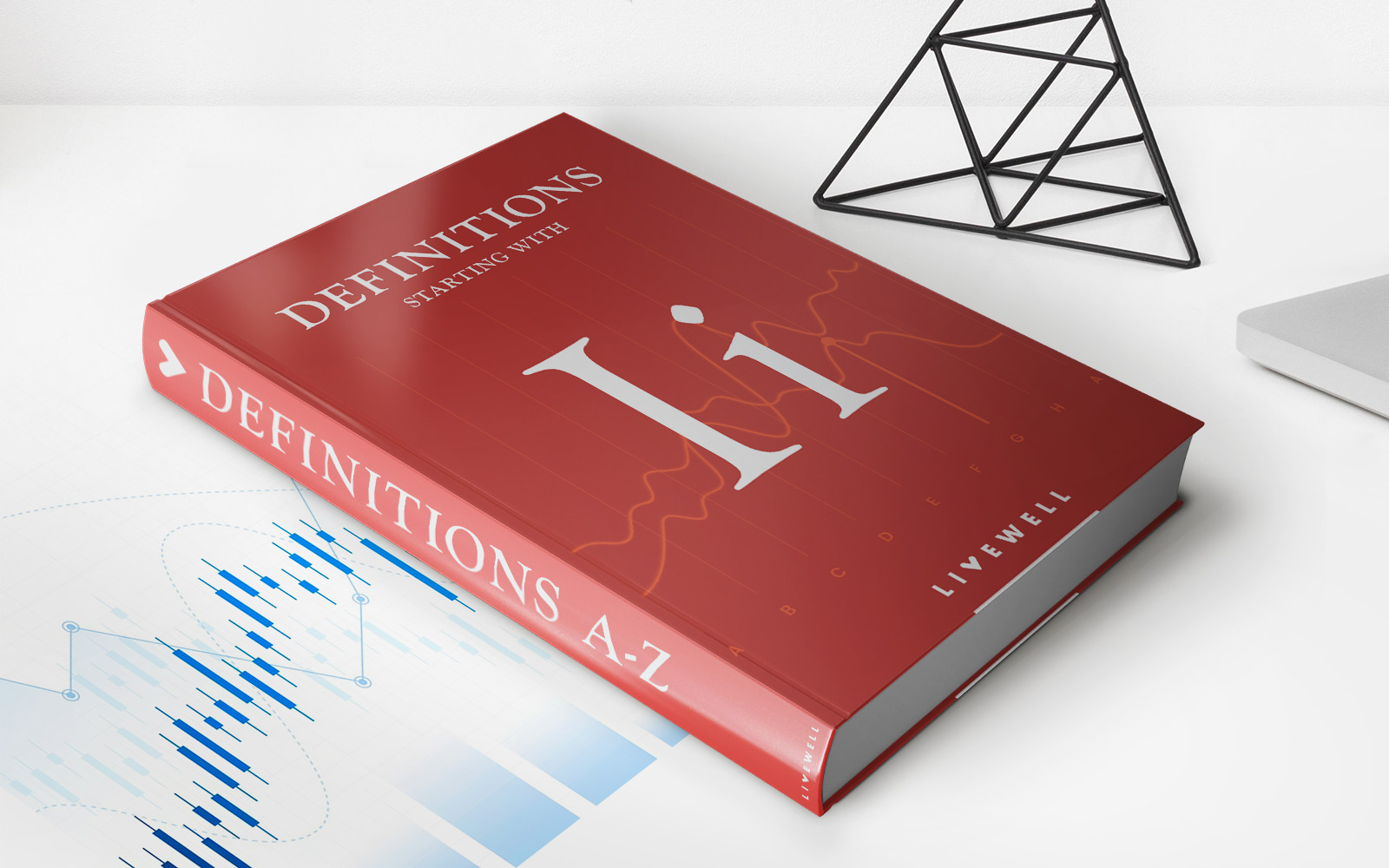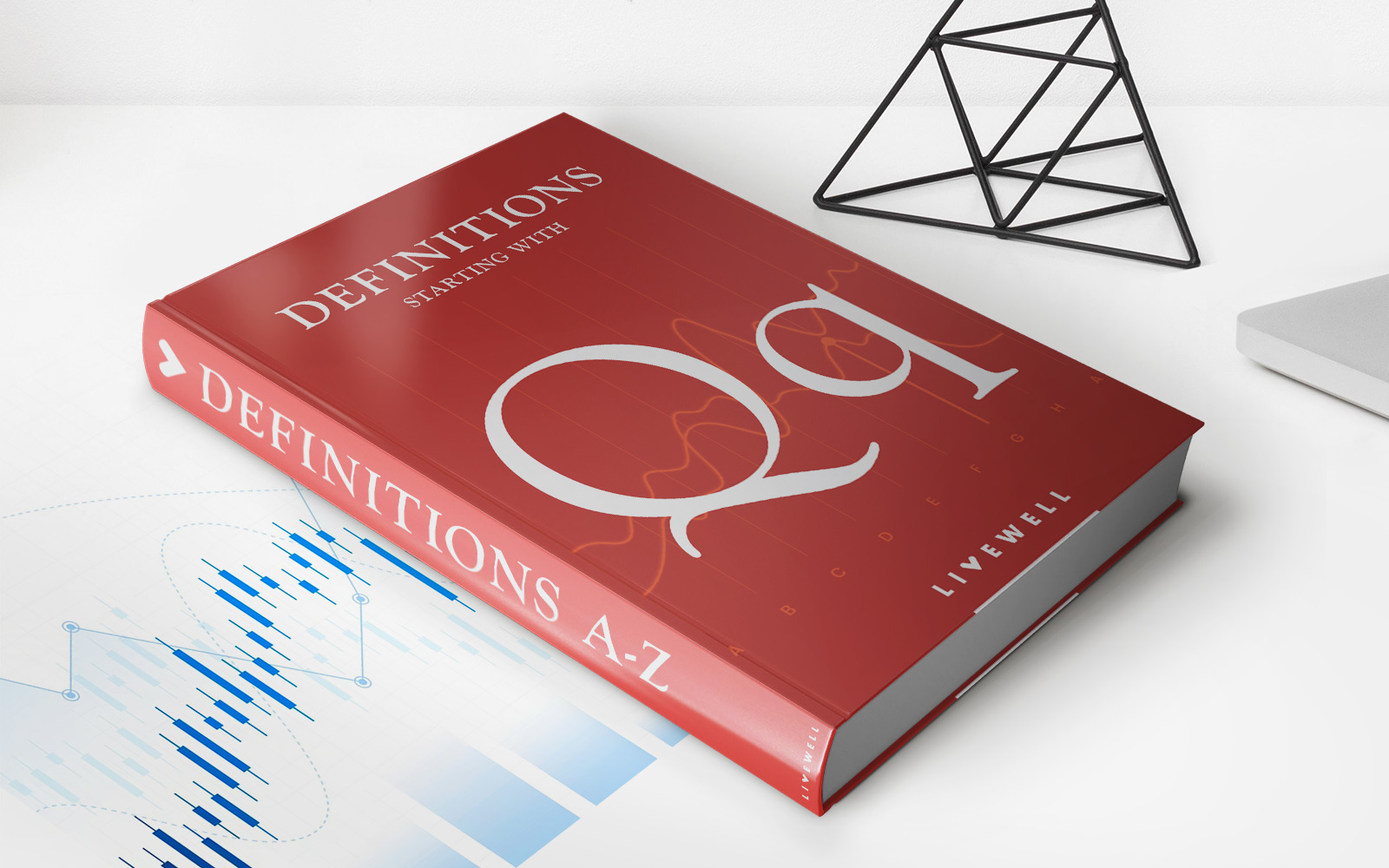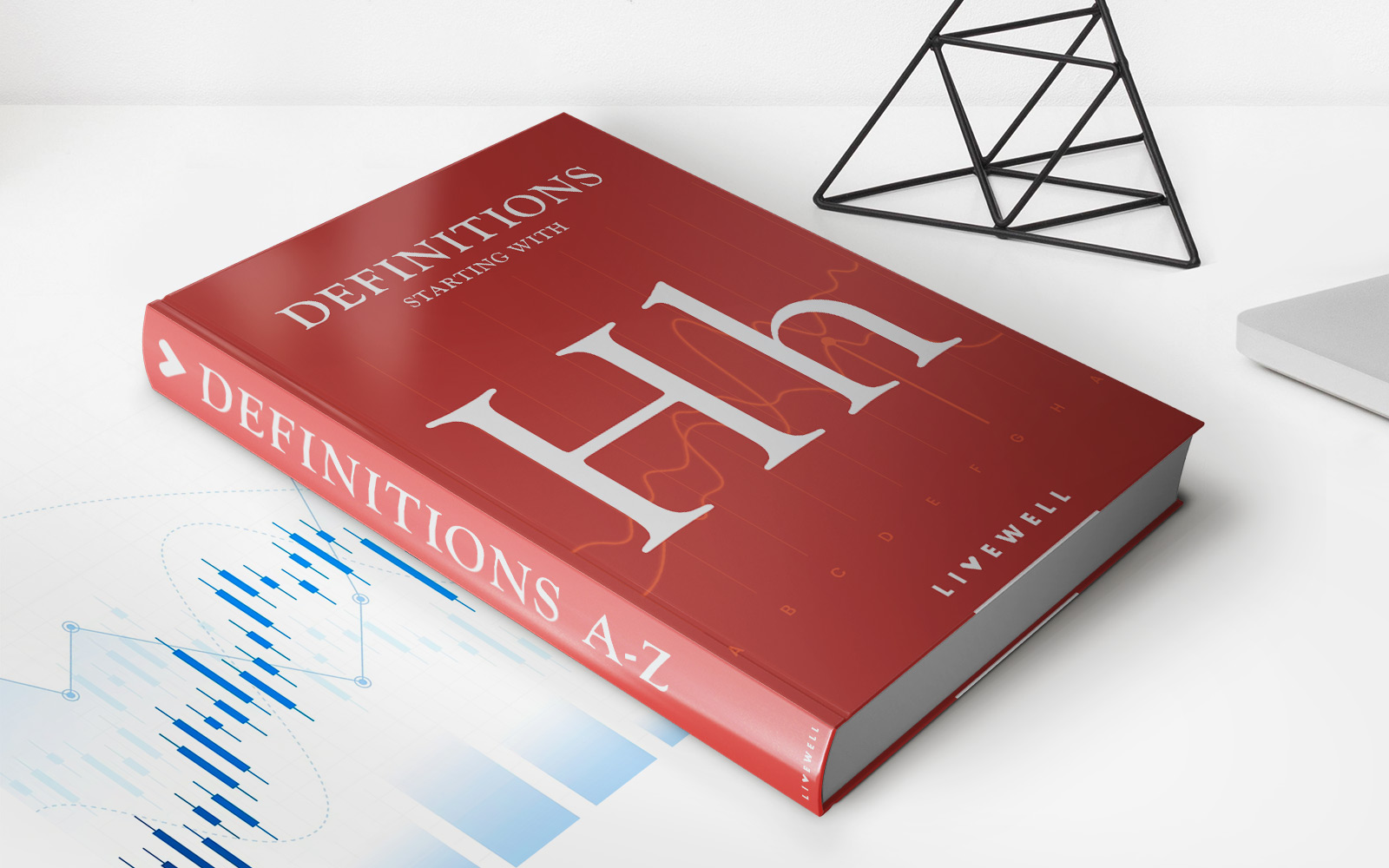

Finance
Hockey Stick Bidding Definition
Published: December 5, 2023
Learn the meaning of Hockey Stick Bidding in finance and how it can impact your bidding strategy. Find expert insights and tips to optimize your financial decisions.
(Many of the links in this article redirect to a specific reviewed product. Your purchase of these products through affiliate links helps to generate commission for LiveWell, at no extra cost. Learn more)
Understanding Hockey Stick Bidding: A Definitive Guide
Are you familiar with the term “hockey stick bidding”? If you’re involved in the world of online advertising and auctions, this concept is likely to be very important to you. In this article, we’ll take a closer look at what hockey stick bidding is and how it can impact your online bidding strategies.
Key Takeaways:
- Hockey stick bidding refers to the sudden increase in bidding activity towards the end of an auction.
- This bidding pattern can significantly impact the final auction price and the advertisers’ budgets.
What is Hockey Stick Bidding?
Hockey stick bidding is a phenomenon that occurs when there is a significant increase in bidding activity towards the end of an auction. It gets its name from the shape of the graph that illustrates this bidding pattern, which resembles the curve of a hockey stick.
During the initial stages of an auction, bidding activity may be relatively low and prices may remain relatively stable. However, as the auction nears its end, bidders may become more active, leading to a surge in bidding activity. This increased competition often drives up the final auction price, sometimes significantly surpassing the initial bids placed during the early stages of the auction.
Impacts on Advertisers
Hockey stick bidding can have significant impacts on advertisers, both positive and negative. Let’s explore some of the key implications:
- Increased Cost: When there is a surge in bidding activity towards the end of an auction, advertisers might find themselves paying a considerably higher price to secure their desired ad placement. This sudden increase can drive up their advertising costs, potentially impacting their budget allocation for other campaigns.
- Imbalanced Competition: A hockey stick bidding pattern may create an environment where certain advertisers with higher budgets can dominate the auction by aggressively bidding in the closing stages. This can make it challenging for smaller advertisers with limited budgets to compete effectively, potentially marginalizing them in the auction process.
Understanding hockey stick bidding and its implications can help advertisers better navigate the online auction landscape and optimize their bidding strategies. By being aware of this bidding phenomenon, advertisers can plan and adjust their bidding tactics accordingly, allowing them to maximize their chances of securing favorable ad placements within their budget constraints. It’s crucial to weigh the potential benefits and drawbacks to make informed decisions on bidding strategies.
In conclusion, hockey stick bidding refers to the sudden surge in bidding activity towards the end of an auction. This bidding pattern can significantly impact the final auction price and the advertisers’ budgets. By understanding and adapting to this phenomenon, advertisers can navigate the online auction landscape more effectively and make smarter bidding decisions.
